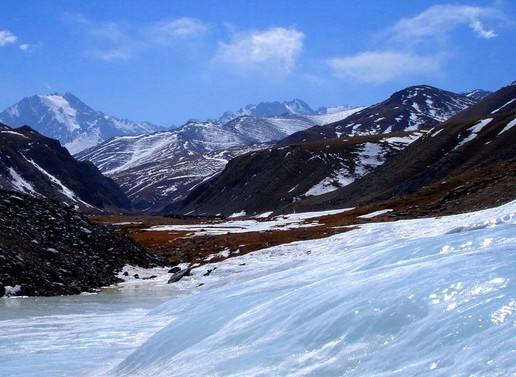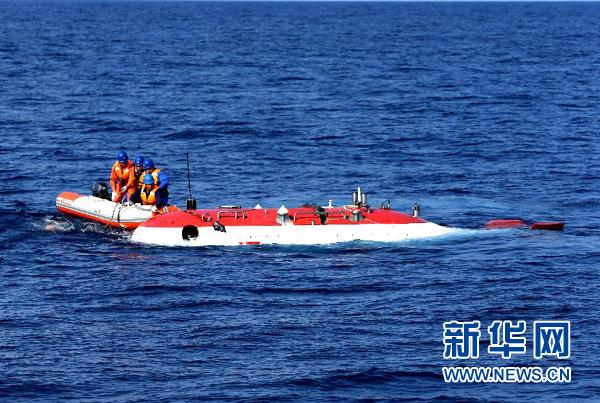World’s closest glacier to a city continues to shrink
|
|
|
Glacier No. 1 in the Tianshan Mountains in northwest China’s Xinjiang Uygur Autonomous Region [Goly7.com file photo] |
The world’s closest glacier to a city shrank quickly in the past year and may completely vanish in half a century, according to a Chinese scientist Saturday.
In the last 12 months, the east and west stretches of Glacier No. 1 in the Tianshan Mountains in northwest China, shrank by about 7.2 and 6.3 meters, respectively, according to a recent survey by researchers with the Chinese Academy of Sciences (CAS).
Glacier No.1 is approximately 130 km from Urumqi, capital of Xinjiang Uygur Autonomous Region.
“There has been a remarkable increase of polluting dust on Glacier No.1 in recent years,” said Li Zhongqin, head of CAS Tianshan Mountains Glacier Observation Station.
He said that the dust could come from mining, vehicles on a nearby national highway nearby or soil degradation due to overgrazing.
“Given climate change, if no measures are taken, the shrinking will accelerate and the glacier may disappear in 50 years,” he said. “If protection is strengthened, it could last for 70 to 90 years.”



